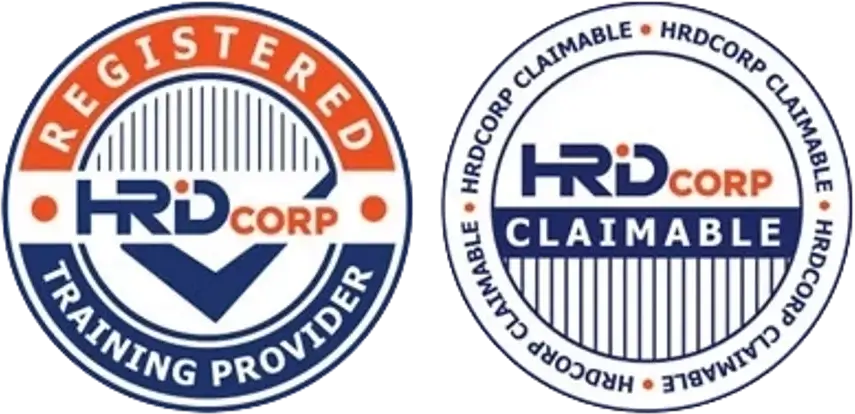How Do You Handle GMP Compliance During Product Changeovers?
In GMP-regulated industries like food, pharmaceuticals, cosmetics, and medical devices, product changeovers present a critical point for risk. Without proper controls, changeovers can lead to cross-contamination, mislabeling, or non-compliance with GMP requirements.
So how can you ensure your changeovers meet GMP compliance standards?
Let’s break it down in a practical, actionable way.
🔄 What Is a Product Changeover?
-
A product changeover happens when you switch production from one product to another.
-
Common in multi-product facilities or contract manufacturing setups.
-
Changeovers must be controlled and documented to meet GMP standards.
🧩 Why GMP Compliance Matters During Changeovers
-
Prevents cross-contamination and mix-ups.
-
Ensures label accuracy and product identity.
-
Demonstrates regulatory compliance (e.g., GMP, ISO 22000, HACCP).
-
Maintains product quality and consumer trust.
✅ Key GMP Requirements During Product Changeovers
1. Pre-Cleaning Preparation
-
Stop the previous batch fully.
-
Remove all raw materials, packaging, and in-process materials.
-
Check that there are no leftover labels or documentation.
2. Line Clearance
-
Perform visual inspections to ensure all equipment and surfaces are clean.
-
Remove any materials or tools unrelated to the next product.
-
Use line clearance checklists to verify completion.
3. Cleaning and Sanitation
-
Follow validated cleaning procedures.
-
Use approved cleaning agents suitable for food/pharma production.
-
Clean all contact and non-contact surfaces.
-
Document cleaning times, responsible personnel, and verification.
4. Cleaning Verification
-
Conduct swab tests, ATP testing, or visual inspections.
-
Verify no residue or allergens remain from the previous product.
-
Record results and take corrective action if needed.
5. Changeover Documentation
-
Use dedicated changeover SOPs.
-
Include steps for:
-
Equipment cleaning
-
Label change
-
Material staging
-
QA verification
-
-
Ensure records are signed, dated, and stored properly.
6. Material Verification
-
Ensure the correct raw materials and packaging are ready and labeled.
-
Double-check that previous materials have been removed.
7. Label Control
-
Destroy or return unused labels from the previous batch.
-
Apply correct new labels under QA supervision.
-
Conduct label reconciliation to avoid mislabeling.
8. QA/QC Review
-
Final inspection by QA to approve the line before production resumes.
-
QA must ensure:
-
All steps are documented
-
Cleaning logs are complete
-
Verification tests passed
-
❗ Common GMP Mistakes During Changeovers
-
❌ Skipping checklist steps due to time pressure
-
❌ Inadequate cleaning between allergen-containing and allergen-free products
-
❌ Forgetting to remove unused labels or forms
-
❌ Lack of documentation or incomplete records
-
❌ No QA verification before restarting production
📌 Tips to Improve Changeover Efficiency Without Compromising GMP
-
Use color-coded tools and materials to avoid cross-use.
-
Train staff regularly on changeover SOPs and GMP basics.
-
Pre-plan materials and cleaning agents to reduce downtime.
-
Use changeover timers or dashboards to monitor progress.
-
Schedule routine audits to identify weak spots in the process.
🏁 Final Thoughts
Changeovers are high-risk—but they don’t have to be high-stress.
By following structured GMP procedures, using proper documentation, and training your team, you can maintain full compliance and avoid costly errors.
Need help developing GMP-compliant changeover procedures?
At CAYS Scientific, we help manufacturing companies in Malaysia build GMP systems that are efficient, audit-ready, and industry-compliant. Contact us today to improve your operational integrity.




